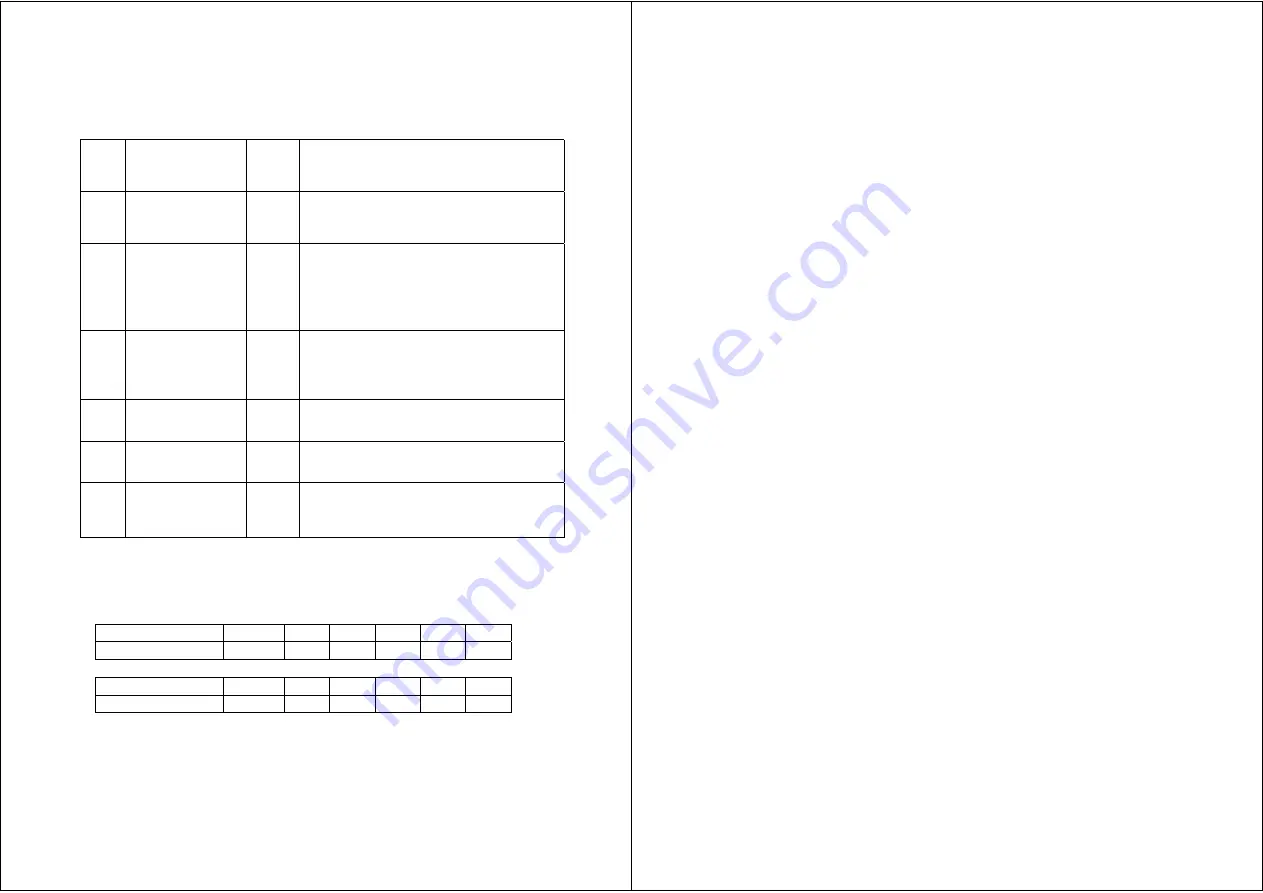
Flight manual DG-1000S
Issued: March 2002
LBA app.
2.3
2.2
Airspeed
Airspeed limitations and their operational significance are shown below
Speed
IAS
km/h
(kts.)
Remarks
V
NE
Never exceed
speed
270
(146)
Do not exceed this speed in any operation
and do not use more than 1/3 of control
deflection.
V
RA
Rough air speed
185
(100)
Do not exceed this speed except in smooth
air and then only with caution. Rough air
is in lee-wave rotors, thunderclouds,
visible whirlwinds or over mountain crests
etc.
V
A
Manoeuvring
speed
185
(100)
Do not make full or abrupt control
movement above this speed, because
under certain conditions the sailplane may
be overstressed by full control movement.
V
W
Maximum winch-
launching speed
150
(81)
Do not exceed this speed during winch- or
auto-tow-launching
V
T
Maximum aero-
towing speed
185
(100)
Do not exceed this speed during
aerotowing.
V
LO
Maximum landing
gear operating
speed
185
(100)
Do not extend or retract the landing gear
above this speed.
Warning:
At higher altitudes the true airspeed is higher than the indicated
airspeed, so V
NE
is reduced with altitude according to the table below, see also
section 4.5.5.
Altitude in [m]
0-3000
4000
5000
6000
7000
8000
V
NE
indicated km/h
270
256
243
230
217
205
Altitude in [ft]
0-10000 13000 16000 20000 23000 26000
V
NE
indicated kts.
146
138
131
124
117
111
Flight manual DG-1000S
Issued: March 2002
LBA app.
2.4
2.3
Airspeed Indicator Markings
Airspeed indicator markings and their colour code significance are shown
below.
Marking
(IAS) value
or range
km/h (kts)
Significance
Green Arc
88 – 185
(47.5 – 100)
Normal operating range
(Lower limit is the speed 1,1*V
S1
with maximum mass and foremost
C.G.
Upper limit is the maximum rough
air airspeed.)
Yellow Arc
185 – 270
(100 – 146)
Manoeuvres must be conducted with
caution and only in smooth air.
Red Line
270
(146)
Maximum speed for all operations.
Yellow triangle
100
(54)
Approach speed at maximum weight
without water ballast .
































